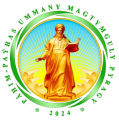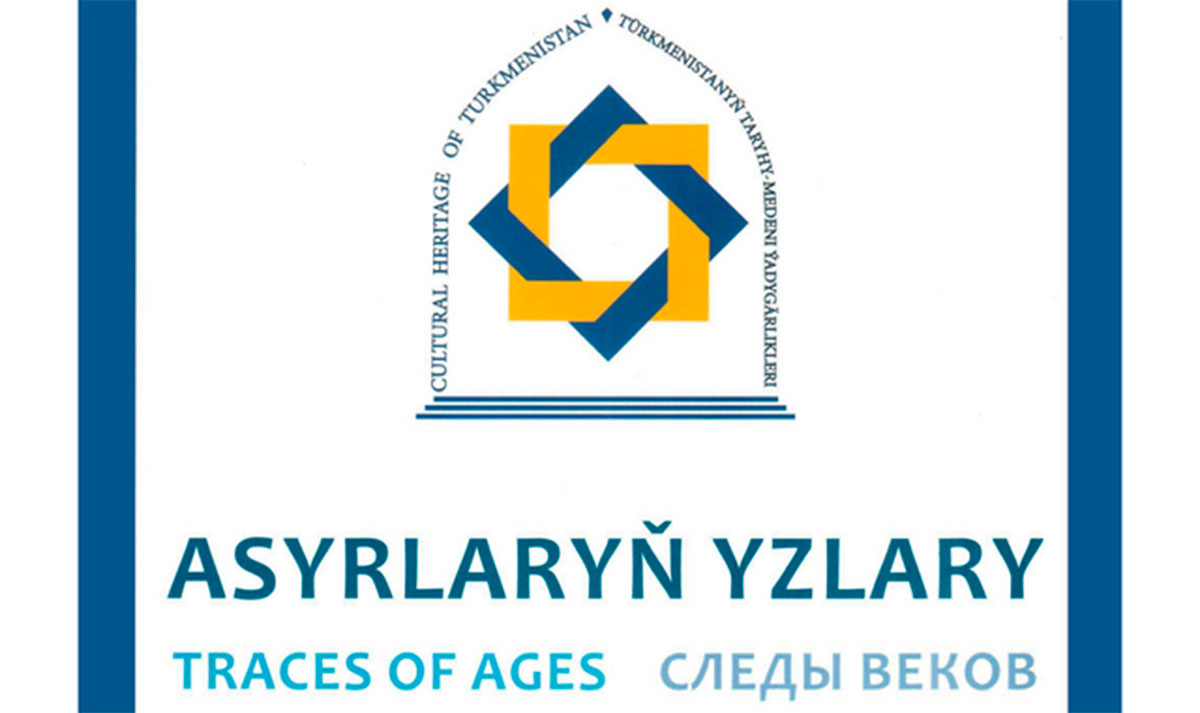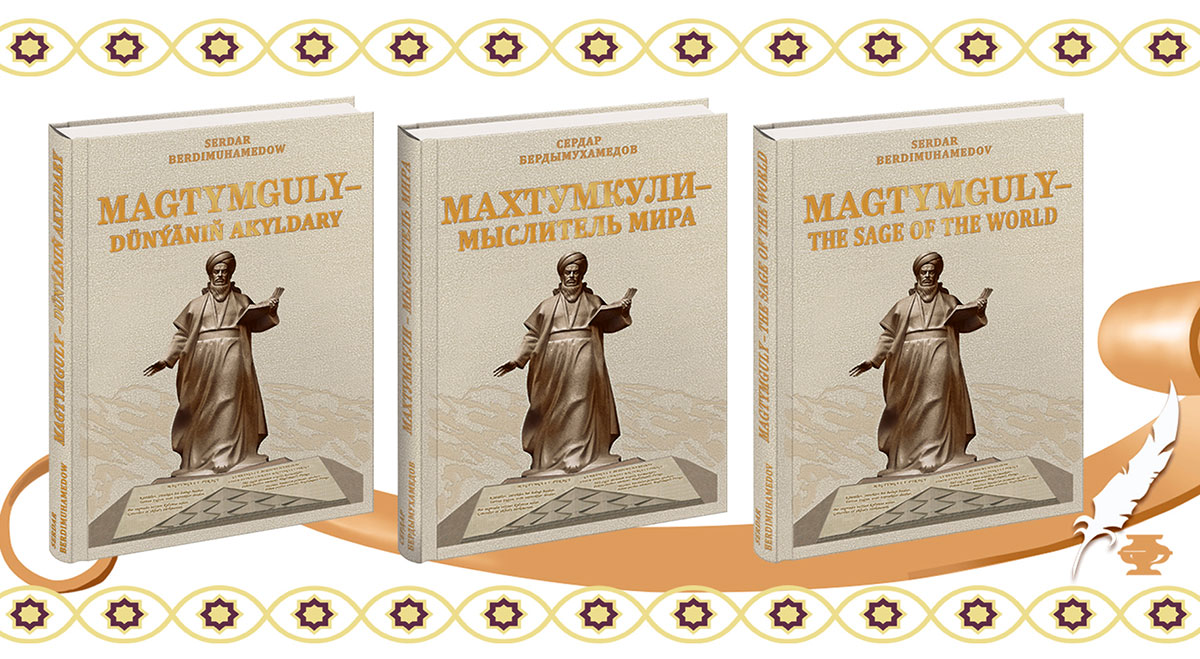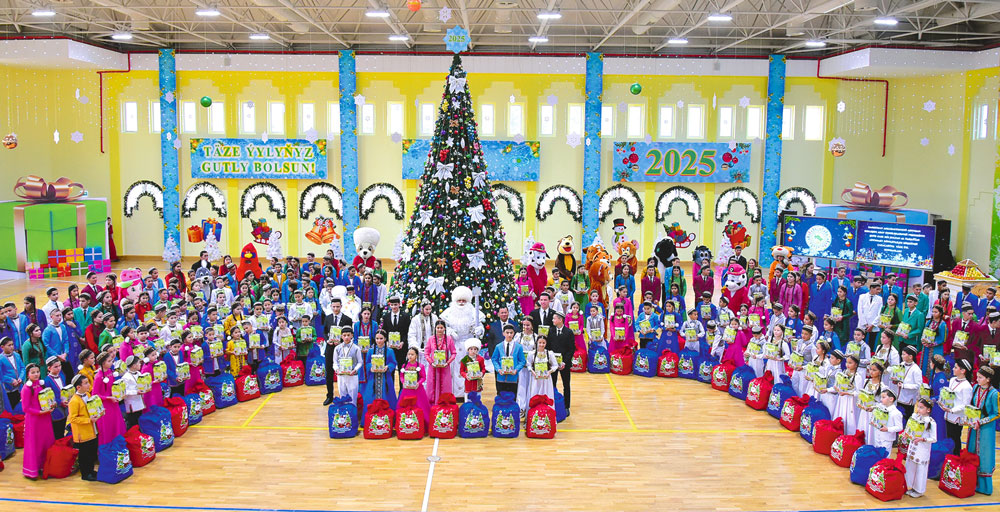The second edition of the international scientific collection “Traces of the Centuries” has been published by the National Administration of Turkmenistan for the Protection, Study and Restoration of Historical and Cultural Monuments in Turkmen, English and Russian.
The publication continues to acquaint readers with the materials of the study of the historical and cultural heritage of our people. In 2024, 30 years have passed since Turkmenistan ratified the UNESCO Convention “Concerning the Protection of the World Cultural and Natural Heritage”. Over the years, a lot of work has been done in the country on the comprehensive study and documentation, adaptation, conservation and restoration of historical and cultural monuments, and strengthening control over their condition.
Within the framework of the “State Program for 2022-2028 for the Careful Preservation of National Historical and Cultural Heritage Sites, Their Protection and Study, and Attracting Tourists to Them” approved by the President of Turkmenistan, archaeological excavations are being carried out in the country at ancient settlements and conservation and restoration activities.
The pages of the collection present reports on excavations carried out by both domestic and international archaeological expeditions at monuments in Turkmenistan, on unique finds in the collection of the State Museum of the State Cultural Center of Turkmenistan, etc.
The issue opens with an article dedicated to the tenth annual meeting of the National Commissions for UNESCO of the TURKSOY Member States, which was held in Ashgabat as part of the events on the occasion of the announcement by the International Organization of Turkic Culture of Anau city as the cultural capital of the Turkic world in 2024. The article “Protection of Historical and Cultural Monuments of Turkmenistan (History and Modernity)” emphasizes that there are many archaeological sites and ancient architectural structures on the territory of our country, as well as the importance of studying and preserving them.
Under the “History” section, there is material about the ancient settlement of Merverrud, which attempts to link this historical point with the ancient fortress of Heraclea, mentioned in Greco-Roman sources. Here is also an article that examines materials previously published by researchers concerning the history of Ashgabat and its environs in the 18th-19th centuries.
The “Archaeology” section presents the results of archaeological excavations at the site of the western gate of the Merv fortress of Abdullakhan-Kala, as well as reports on the work of the joint Turkmen-Italian archaeological expedition to the Bronze Age settlement of Togolok-1 in the ancient delta of the Murghab River, on the topographic study of the ancient settlement of Old Nisa and on the archaeological research of the Turkmen-Russian expedition in the fall of 2023 and spring of 2024 in the Gonur Oasis of Ancient Margiana.
The “Restoration” section contains an article dedicated to the conservation of a fragment of wall painting from Gonur-depe, stored in the Museum of Fine Arts of Turkmenistan.
In the “Numismatics” section, one can read materials about medieval coins. One of them examines the dating of silver dirhams found by archaeologists during the excavation of the floor of the Abu Said Abul Khayr (Meana Baba) mausoleum, and the other examines gold dinars discovered in the northern region of Turkmenistan.
The section “History of Art” contains information about an artifact dating back to the late antique period. This is a clay head from an unpreserved sculpture, found in 2004 during reclamation work and transferred to the State Museum of the State Cultural Center of Turkmenistan.
Under the heading “Architectural Heritage”, the reader is presented with an analytical article about the tent-roofed ceilings of medieval memorial architecture in Central and Western Asia, as well as a publication about late Turkmen residential buildings along the northern slopes of Kopetdag.
The issue ends with the section “Personalities”, dedicated to the scientific activities of two outstanding researchers of ancient monuments of Turkmenistan – Academician Vadim Masson and Viktor Sarianidi.







